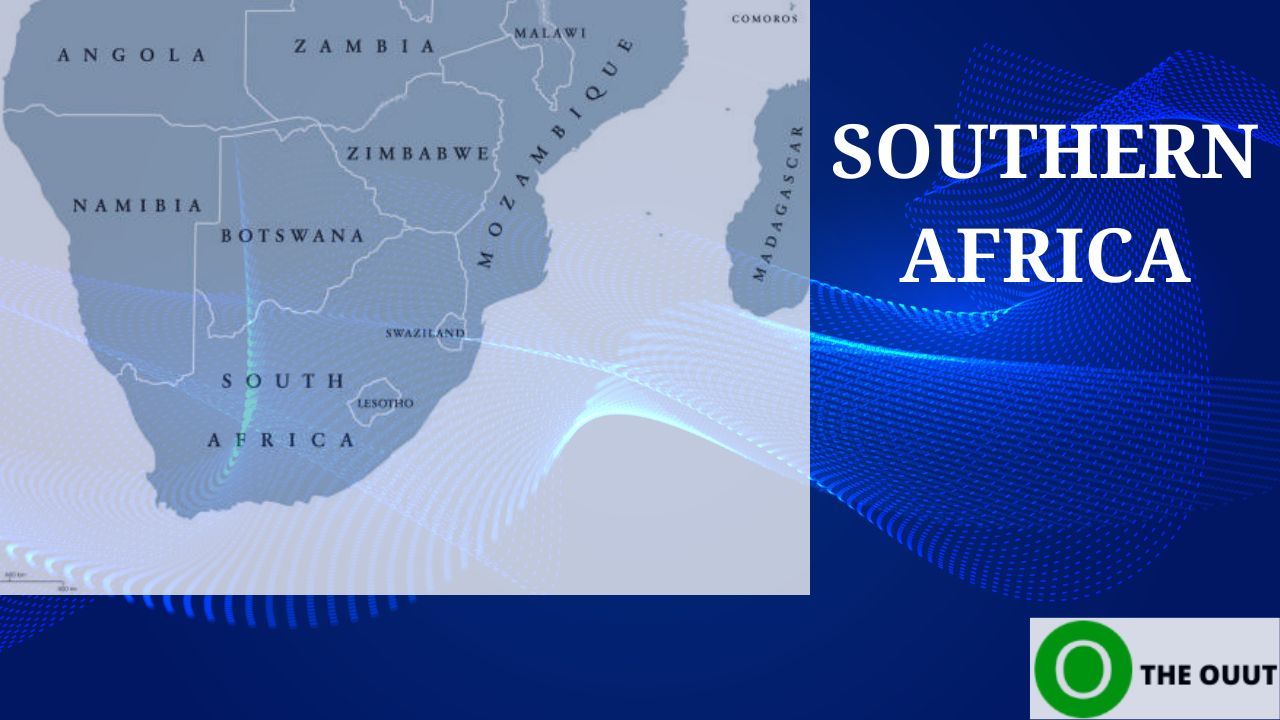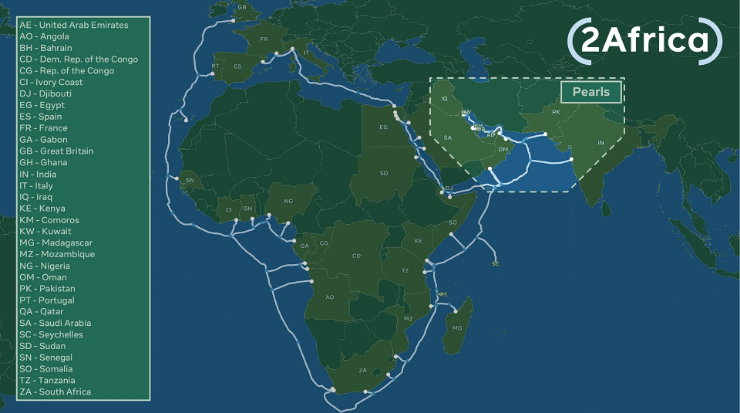Top 4 Tech Stories from Southern Africa in 2022

The effect of technological innovation on economic growth has received significant attention in Southern Africa. Due to its speedy development and potential impacts, innovation and digital processes have become a norm in most South African countries. According to McKinsey, tech has the potential to unlock greater productivity across sectors; improving financial services, digitization, and customer experience.
While 2022 have had its moments in Africa’s burgeoning tech space, there have been several notable events. These events possess the ability to shape and structure the future of internet, communication and digitalization in several Southern African countries. The Ouut spotlights the top 4 tech events that happened in Southern Africa in 2022.
Paratus Namibia Launches the Armada
While several multinationals had opted to develop data centers in South Africa, Paratus choose Namibia. In July, Paratus launched the Armada data center in Windhoek, adding to the growing cloud footprint in Africa.
The Armada features a 99.98% uptime, backed by the most sophisticated technologies – including multiple solar banks – [the data centre] provides unique assurances. According to Schalk Erasmus, CEO Designate, Paratus Group and CEO, Armada offers a resilience that was unmatched in the country after investing over $123 million into the new facility to make it the largest DC facility.
The Armada facility also has direct connection to the brand-new Equiano cable in Swakopmund, a 2-Megawatt Power Capacity, and connectivity to Paratus’ backbone network, which connects global clients to the other Paratus data centers in Angola and Zambia. Talking about the Equiano, it is one of the 2 subsea landings that happened within the Southern region of Africa.
2 Subsea Landings
In July this year, Equiano, a Google subsea internet cable landed in Swakopmund, Namibia. The Equiano cable is designed to start from Portugal in Western Europe and run more than 12,000km along the West Coast of Africa. As expected, the cable had landed in Lomé, Togo, in March; Lagos, Nigeria, in April and now Swakopmund in July.
Just when we thought that was all the subsea joy the year will offer, MTN South Africa collaborated with the 2Africa Consortium and MTNGlobalConnect to launch the 2Africa subsea cable in South Africa. For clarity, 2Africa has a capacity of 180 Tbps, which is greater than the total combined capacity of all subsea cables now serving Africa.

MTN Group will be able to implement its “Ambition 2025” strategy, which calls for the company to become the leading digital service provider in Africa. The company hopes to reach this goal by bringing in up to $1 billion in revenue and laying down 135,000 kilometers of proprietary fiber.
Per studies, South Africa’s GDP per capita increased by 6.1% as a result of cable landings. These events had also added to the number of people employed in places with fiber infrastructure as it increased by 2.2% across the nation. Equiano and 2Africa’s arrival in Southern Africa is expected to bring about significant economic growth, a flood of new jobs, and improved connectivity.
South Africa Regulates Crypto
In October, South Africa declared crypto assets to be a financial product. This was according to a notice from the country’s Financial Sector Conduct Authority. The regulation means that cryptocurrency startups in South Africa will need to apply for a licence between 1 June and 20 November 2023 in order to operate legally.
Through the regulation, crypto will now be referred to as “digital representation of value” that is not issued by a central bank but can be traded, transferred, or kept electronically “for the purpose of payment, investment, and other types of utility” is what the notice refers to as a “crypto asset.”
Unathi Kamlana, the chairman of the regulator, explained that the FCSA purposefully avoided using the term “cryptocurrencies” because it does not consider them to be legal tender. He claimed that without the declaration, authorities would not be able to combat fraud related to tech financial product and safeguard customers.
ZimSat-1 is launched
Zimbabwe’s first orbiting satellite, ZimSat-1 launched in November. Just to be clear, Zimbabwe didn’t really launch a satellite. The country and two other countries just boarded a NASA rocket that was already traveling in the same general direction.
In addition to other CubeSats and some supplies for the International Space Station, the satellite from Zimbabwe is a part of a larger payload (ISS). Two 1U CubeSats (Zimbabwe and Uganda) and a 2U CubeSat (Japan) are involved. The sensor aboard the satellite with the camera will be used to gather spectral and visual data on the surface conditions of the region being examined. As well as handling other satellite operations including communication and orbital control, three Raspberry Pi boards will be in charge of processing the camera sensor data.
